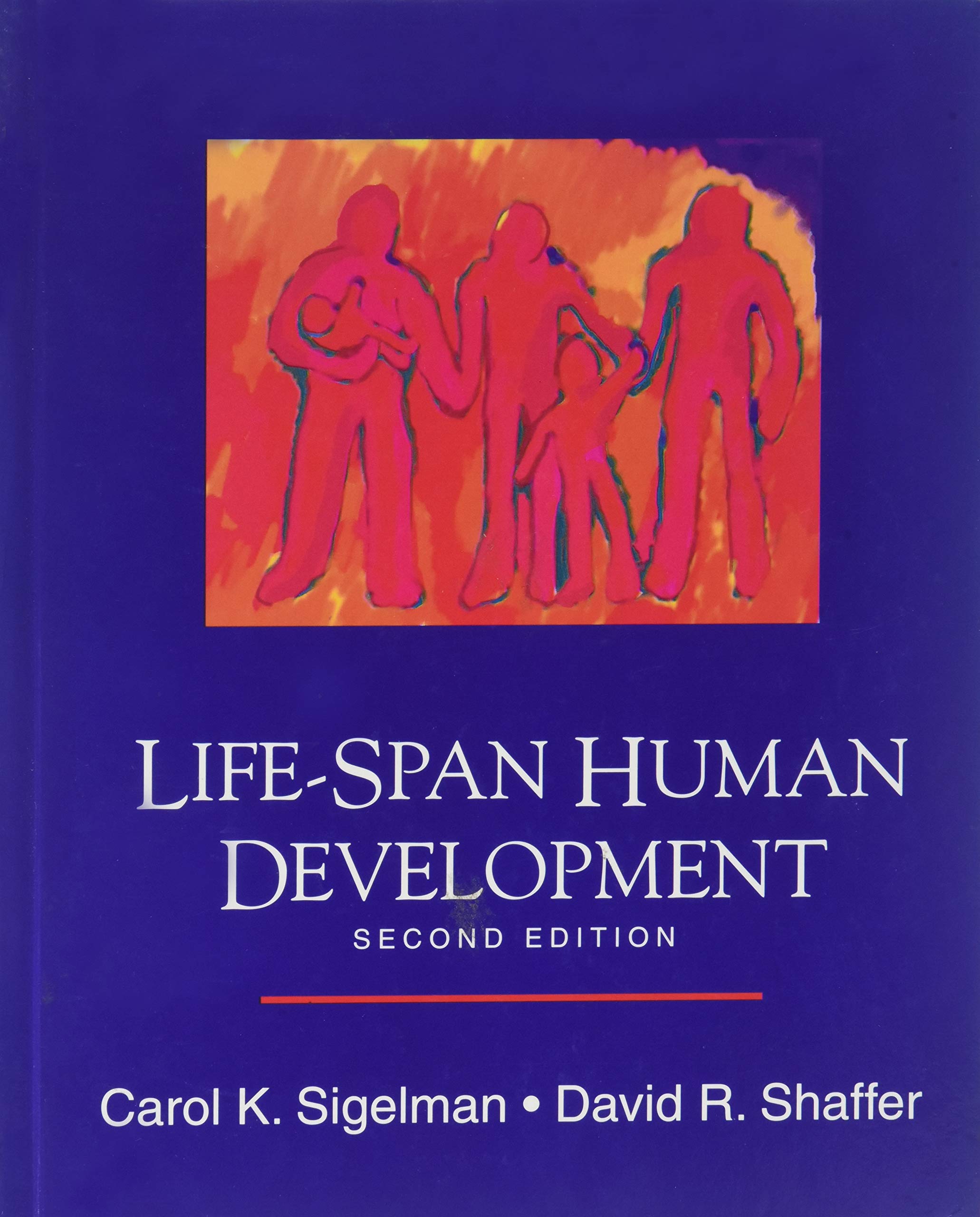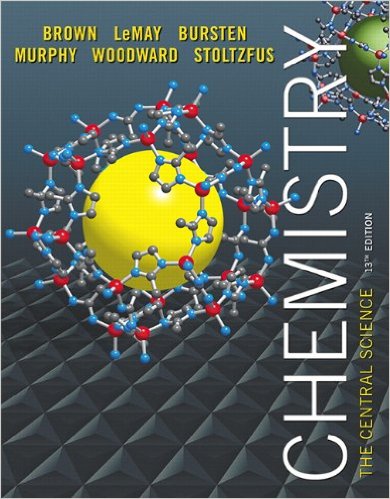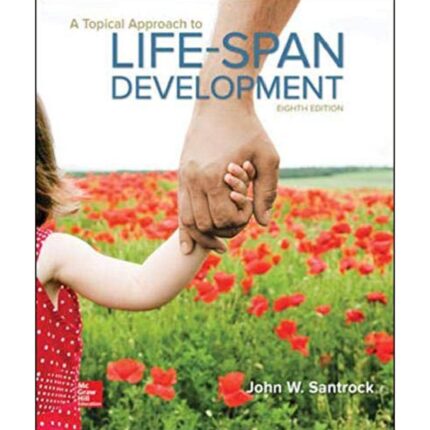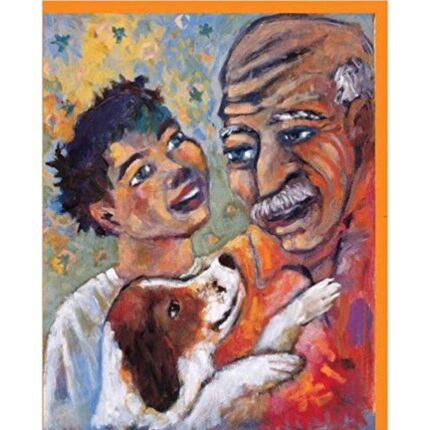CHAPTER 10
SOCIAL COGNITION AND MORAL DEVELOPMENT
MULTIPLE CHOICE
1.Social cognition is best defined as:
a. memories for interesting life events.
b. knowing who gets along with whom.
c. thinking about the thoughts, feelings, motives, and behaviours of one’s self and others.
d. being aware of current ‘codes’ for dressing and dating.
ANS: C PTS: 1 DIF: Moderate TOP: Developing a theory of mind
2.The ‘false belief task’ is used to assess:
a. the difference between a sensorimotor and a preoperational thinker.
b. the understanding that people may hold incorrect personal beliefs that influence their behaviours.
c. a person’s level of religiosity.
d. how a person would reason about a moral.
ANS: B PTS: 1 DIF: Moderate TOP: Developing a theory of mind
3.The understanding that people have mental states such as feelings, desires, beliefs and intentions that underlie and help explain their behaviour is called theory of ____________.
a. morality
b. mind
c. behaviour
d. reasoning
ANS: BPTS: 1DIF: EasyTOP: Developing a theory of mind
4.In a study using the false belief task with four-year-olds of average intelligence, four-year-olds with Down syndrome, and slightly older children with autism, Baron-Cohen found that:
a. only the average intelligence children passed the task.
b. both the average intelligence children and the children with Down syndrome passed the task.
c. both the average intelligence children and the children with autism passed the task.
d. all three groups of children passed the task.
ANS: B PTS: 1 DIF: Difficult TOP: Developing a theory of mind
5.Why do autistic children have difficulty passing the false belief task?
a. They lack the general intelligence
b. They lack the linguistic skills
c. They lack a theory of mind
d. They engage in too many stereotyped movements
ANS: C PTS: 1 DIF: Moderate TOP: Developing a theory of mind
6.One-year-old Andy notices a rag doll sitting in the corner. He is very excited and begins to point at the doll in the hopes that his mother, Ann, will notice. Suddenly, Ann notices the doll and the two look at the rag doll together. At this point, this mutual experience represents:
a. joint attention. c. classical conditioning.
b. sympathy. d. prosocial behaviour.
ANS: A PTS: 1 DIF: Moderate TOP: Developing a theory of mind
7.How many of the following three phrases are skills that underlie having a theory of mind: understanding that others people have intentions; engaging in pretend play; imitation of others?
a. 0 c. 2
b. 1 d. 3
ANS: D PTS: 1 DIF: Moderate TOP: Developing a theory of mind
8.The ability to explain one’s behaviour as being driven by what one wants is the basis of ____________ psychology.
a. classical conditioning c. operant conditioning
b. physiological d. desire
ANS: D PTS: 1 DIF: Easy TOP: Developing a theory of mind
9.Little Debbie, who is two years old, loves cupcakes and hates fruit pie. She has observed that her mother hates cupcakes and loves fruit pies. If Debbie were handed a plate with a piece of pie and a different plate with a cupcake, and was asked to give one to her mother, Debbie would most likely:
a. hand mum the pie. c. hand mum both plates.
b. hand mum the cupcake. d. keep both plates for herself.
ANS: A PTS: 1 DIF: Moderate TOP: Developing a theory of mind
10.Understanding ____________ psychology means understanding that some beliefs that influence behaviour are not accurate.
a. classical conditioning
b. belief-desire
c. desire
d. operant conditioning
ANS: B PTS: 1 DIF: Moderate TOP: Developing a theory of mind
11.Children younger than 7 or 8 describe themselves primarily in ____________ rather than ____________ terms.
a. positive; negative
b. negative; positive
c. physical; psychological
d. psychological; physical
ANS: C PTS: 1 DIF: Moderate TOP: Developing a theory of mind













Reviews
There are no reviews yet.